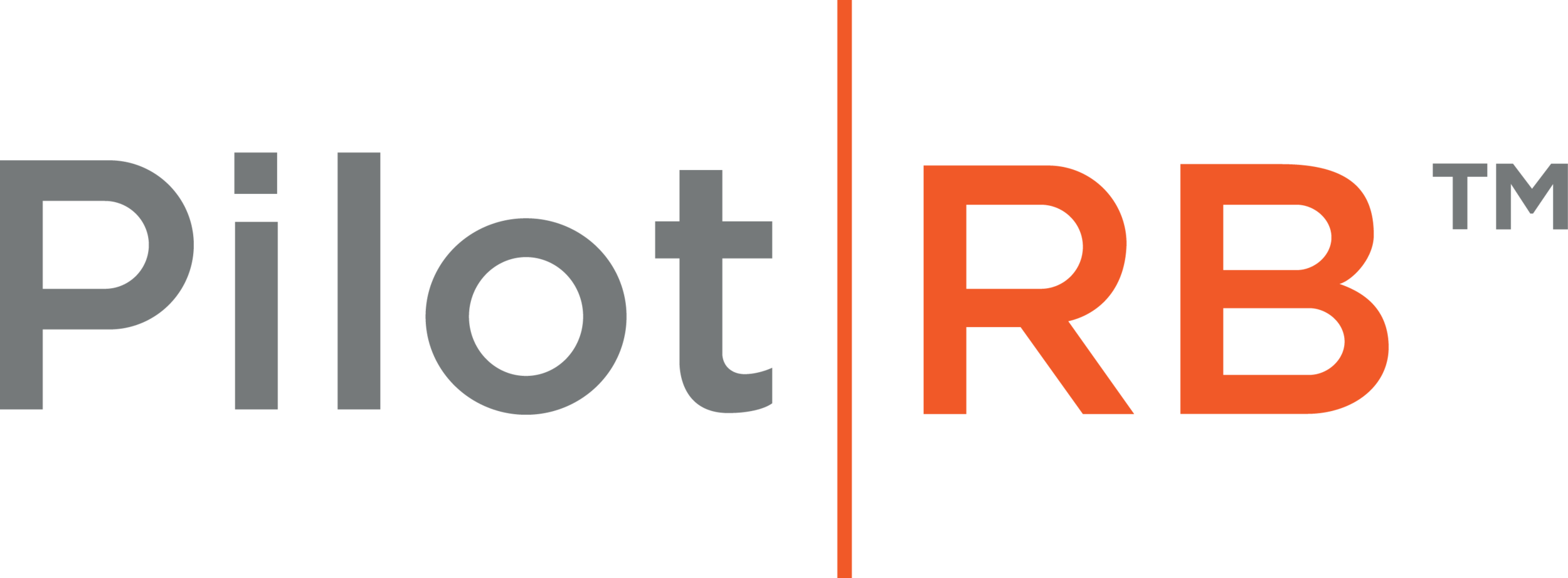Rise in Pharmacy Costs and The Impact on Group Health Plans
While inflation makes it difficult to discern one area of cost increase from another, there has been a steady expense trend in the healthcare industry which shows no sign of slowing. It likely comes as no surprise that prescription drug cost increases have outpaced other areas for employers for the past several years.
According to Bloomberg’s Sara Hansard, large employers are anticipating a 6% healthcare cost increase in 2024, with more than half of this attributed to prescription drugs. Industry modeling does not show this cost growth changing in the near future.
Some states have attempted regulation of pharmacy benefit managers (PBMs) to control costs. However on August 15, the Tenth Circuit struck down an Oklahoma law that attempted to modify pharmacy networks within the state, citing ERISA preemption* (a core tenet of ERISA is centralized regulation of health and welfare plans at the federal, and not at the state, level).
How are employers handling this year over year increase? The majority of employers surveyed reported using plan changes, such as employee cost share increase, addition of prior authorization requirements, and narrowing of health carrier networks, to mitigate the overall price hike to the bottom line. Marketing their plans on an annual basis and exploring alternative carrier options, or different pharmacy benefit managers, are also strategies employers have employed in the face of steep cost increases year over year.
Approaches may vary, but the impact remains uniform across the employer community. As the 2024 renewal season creeps closer, now is a good time to prepare and discuss creative solutions with your benefits advisors.
*ERISA’s preemption clause ensures employers can use a standard approach across all states they may have employees in, without concern for differing state laws in the health and welfare space.
